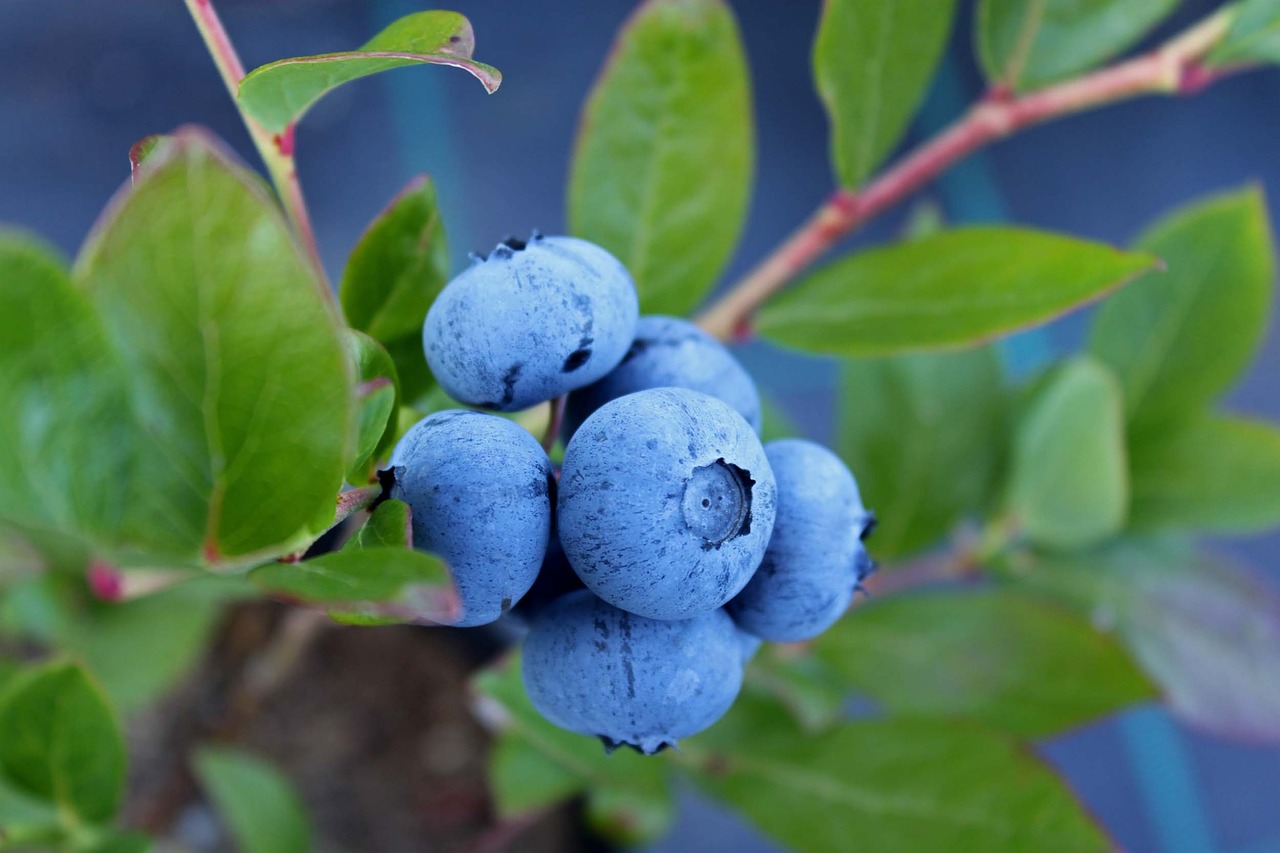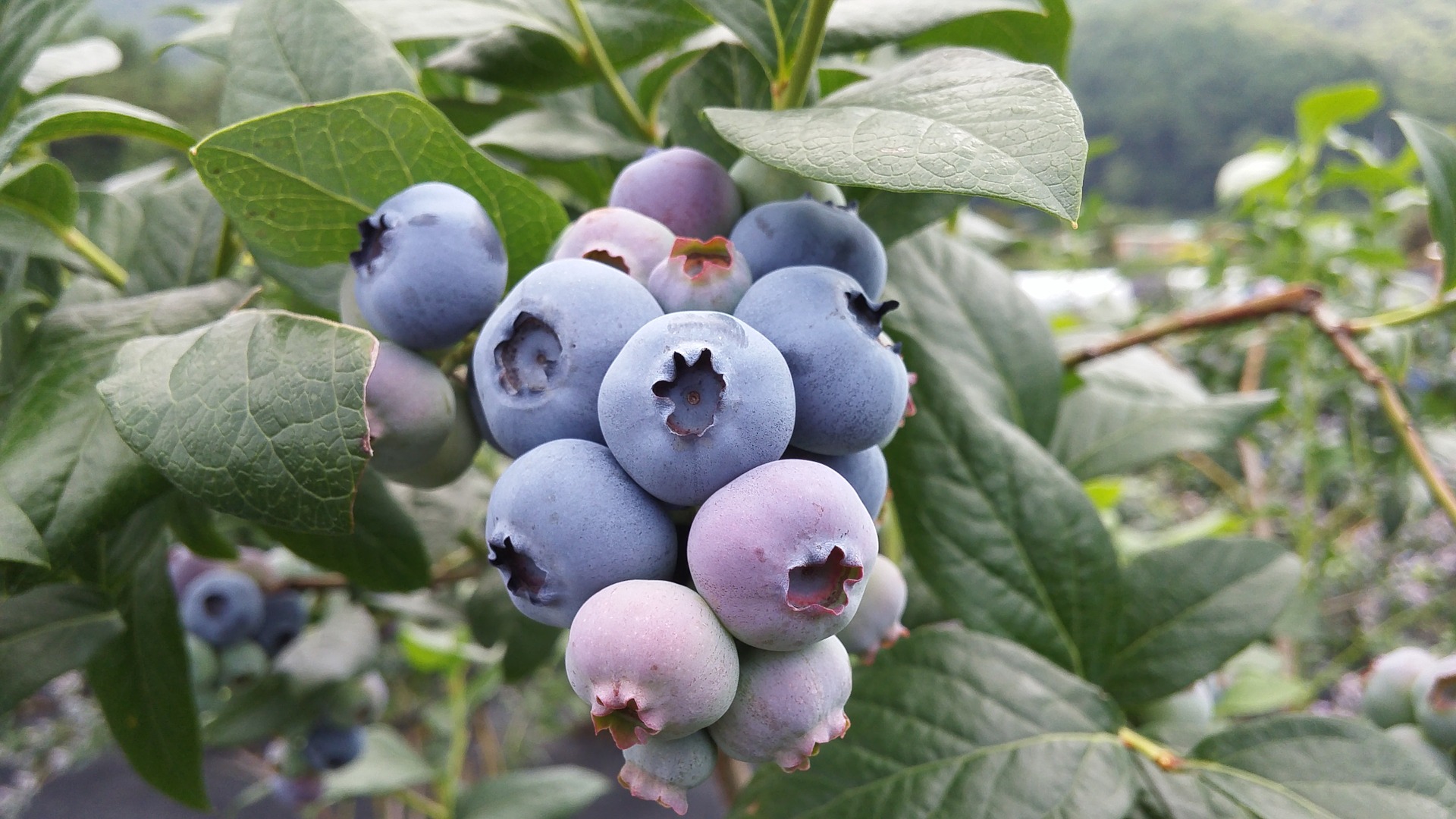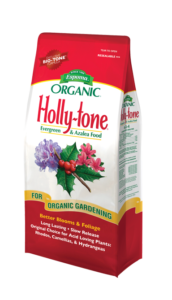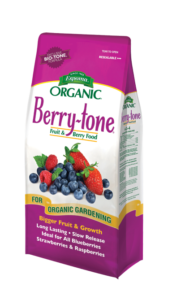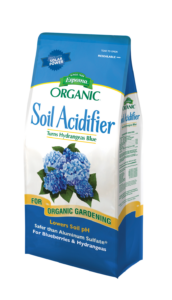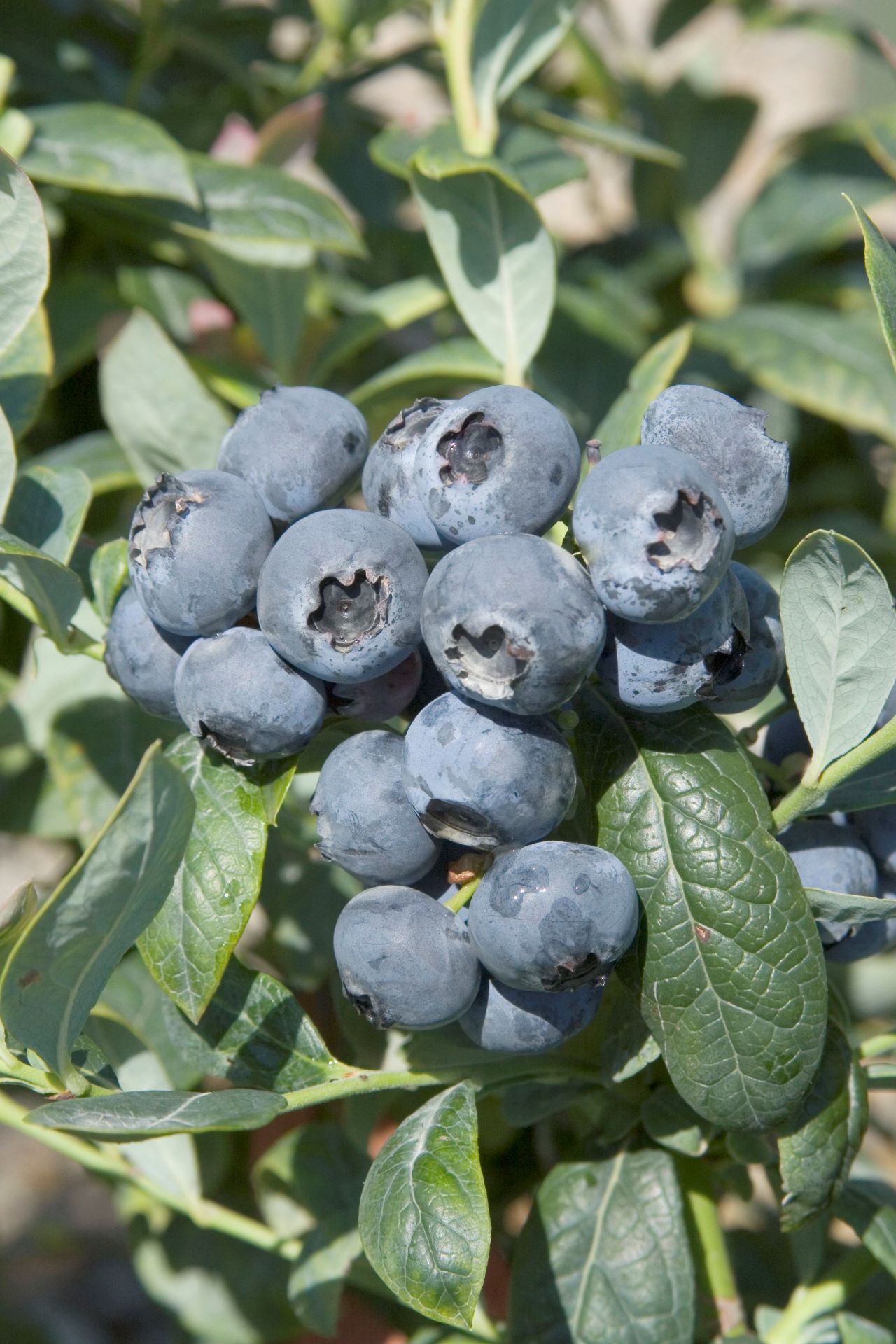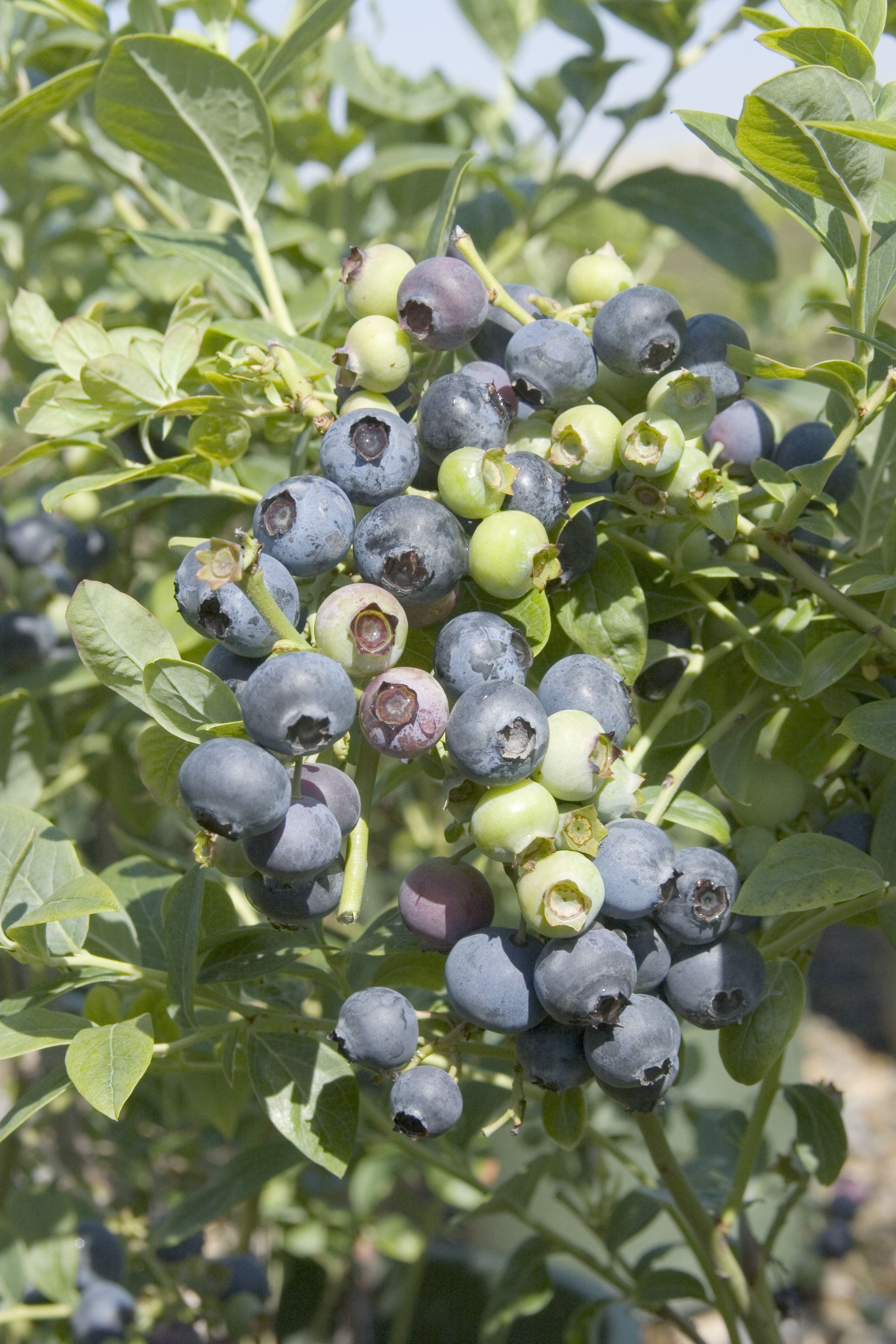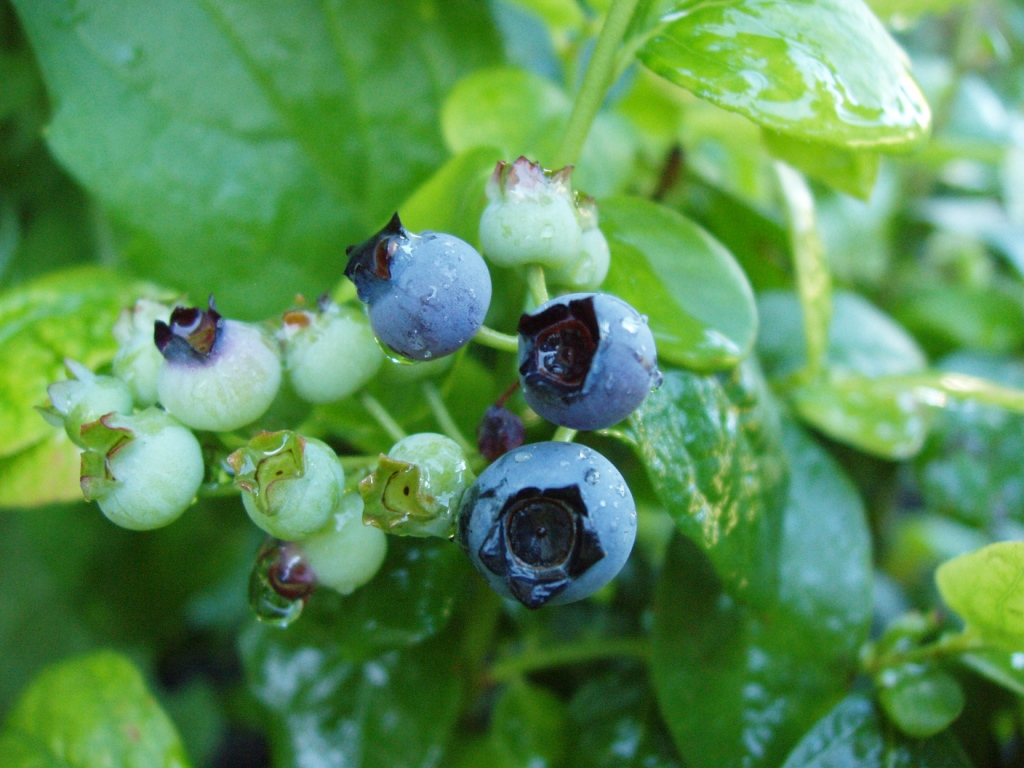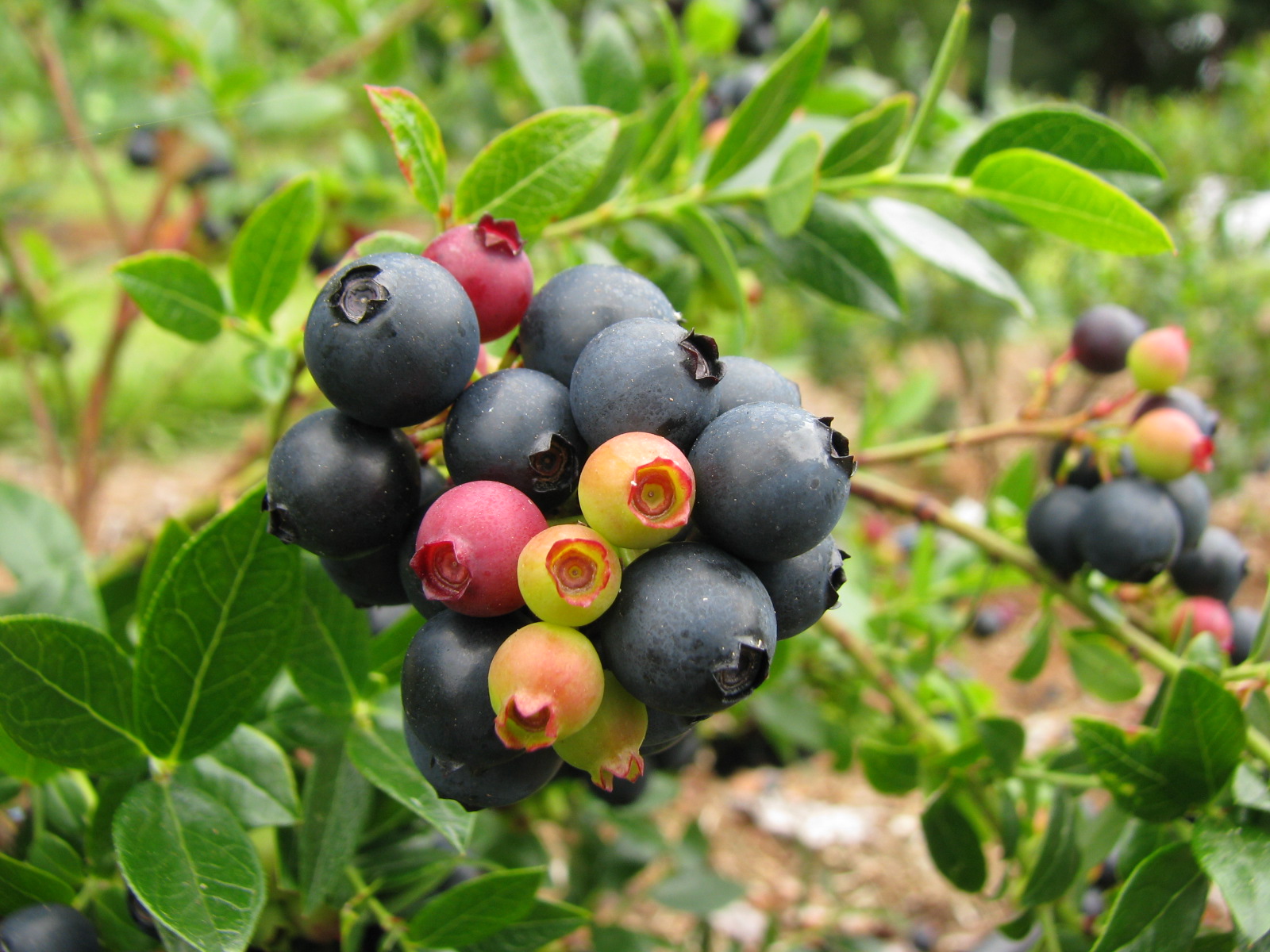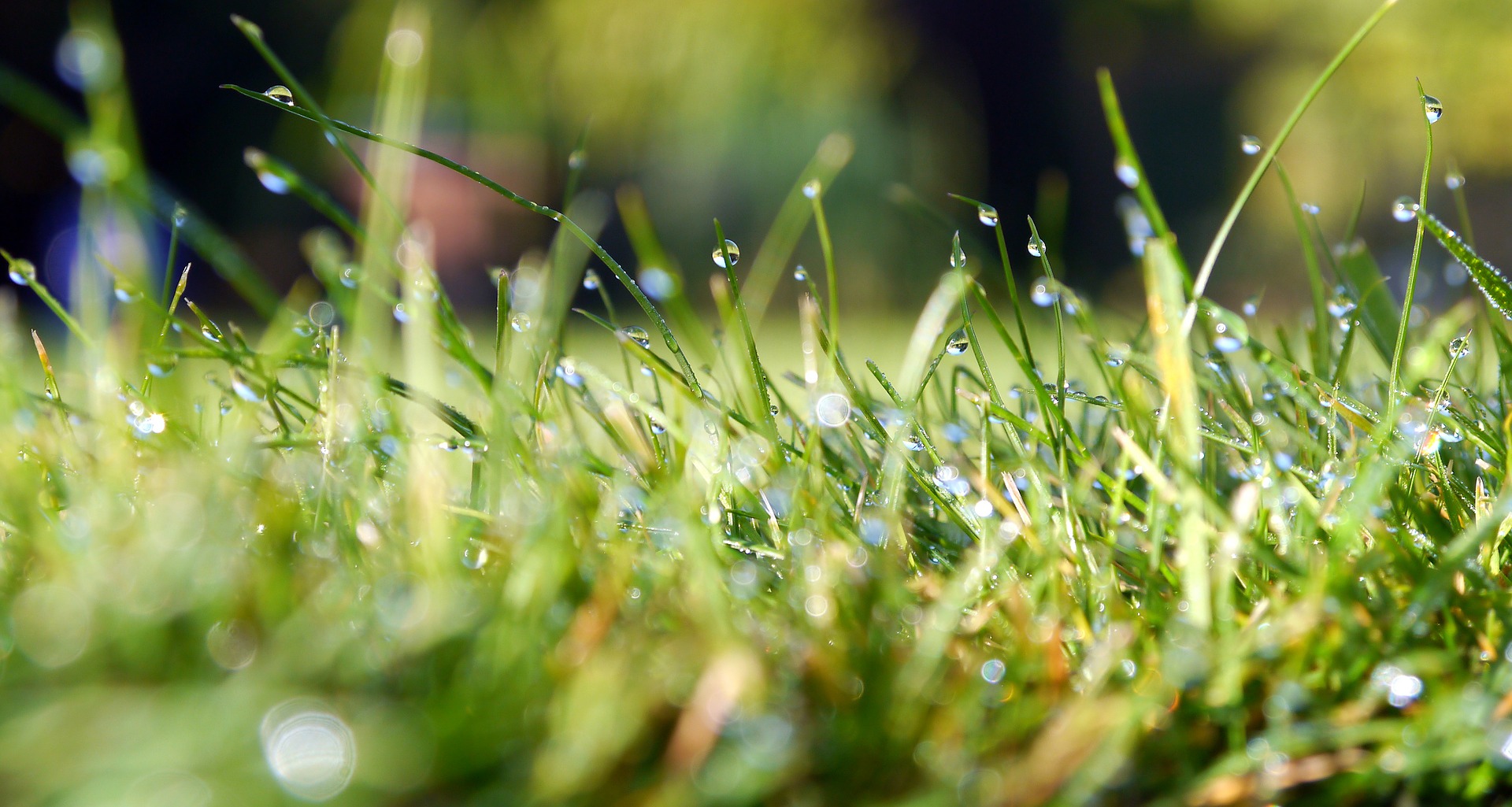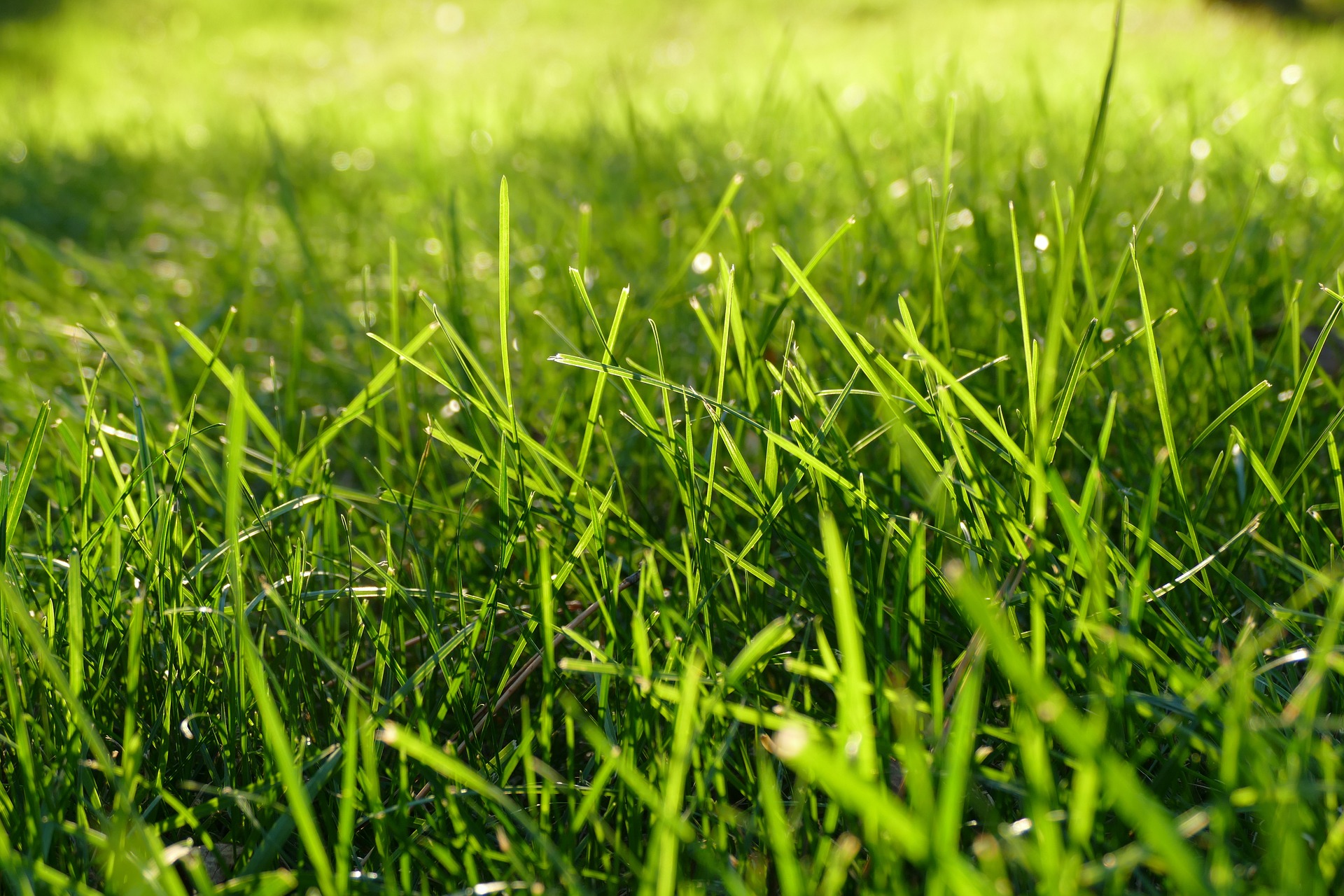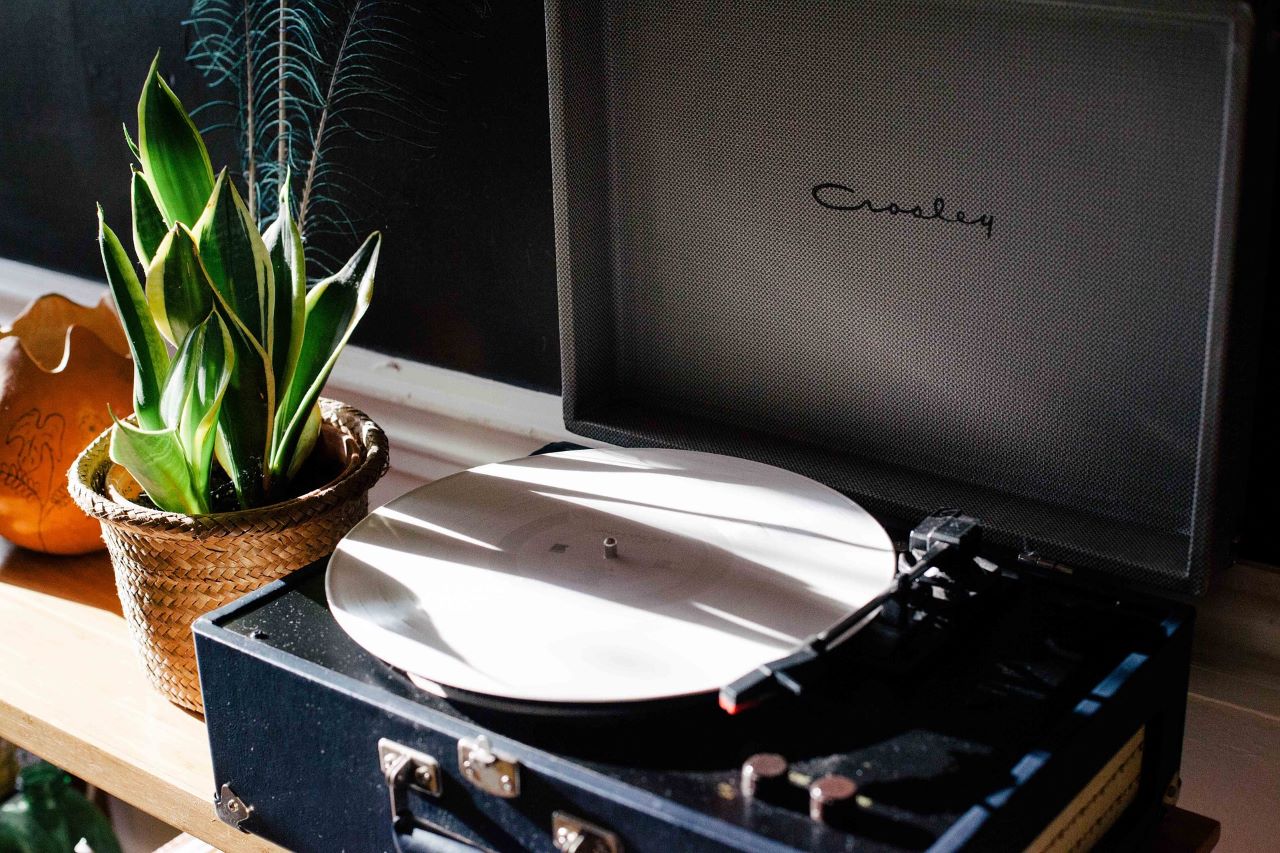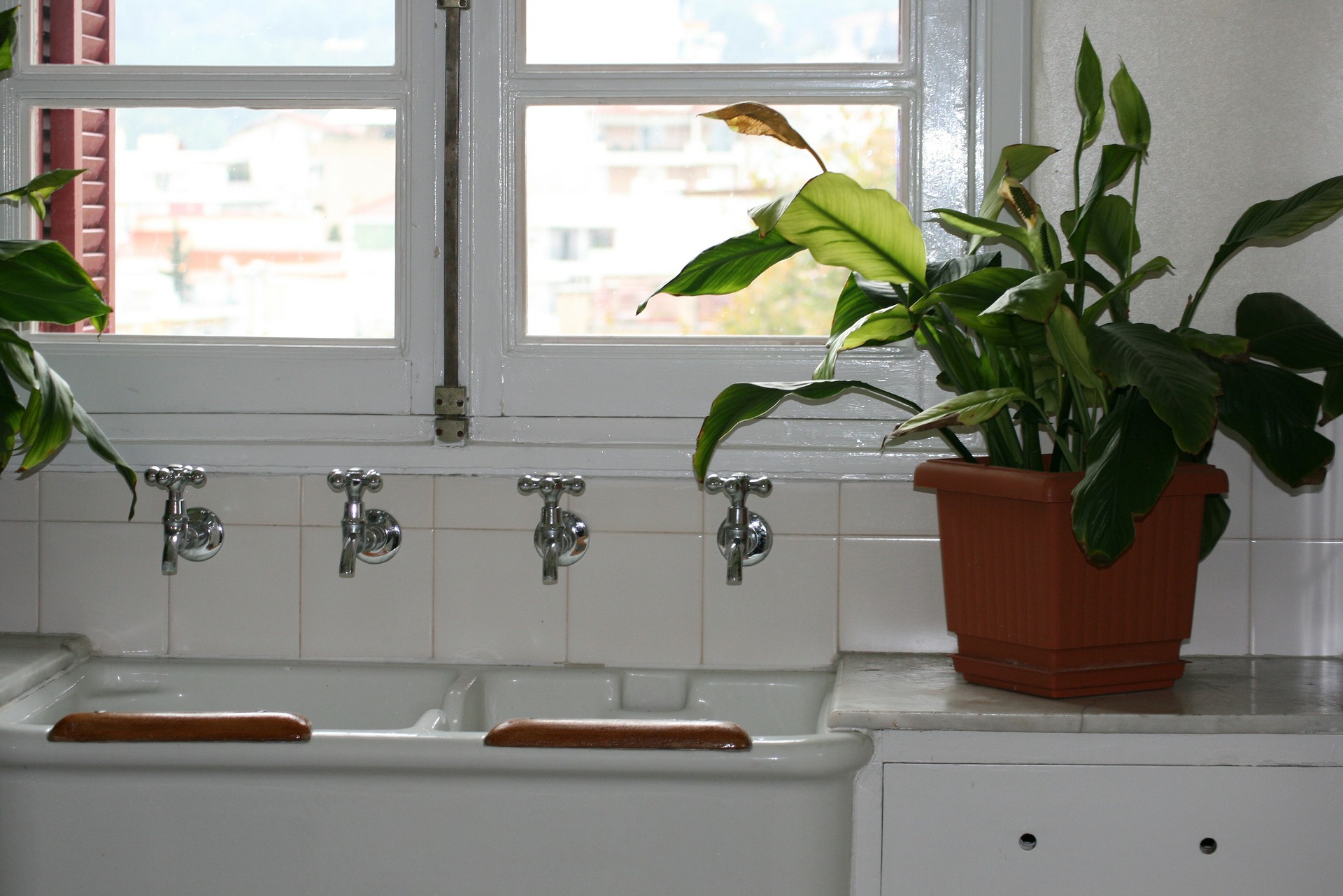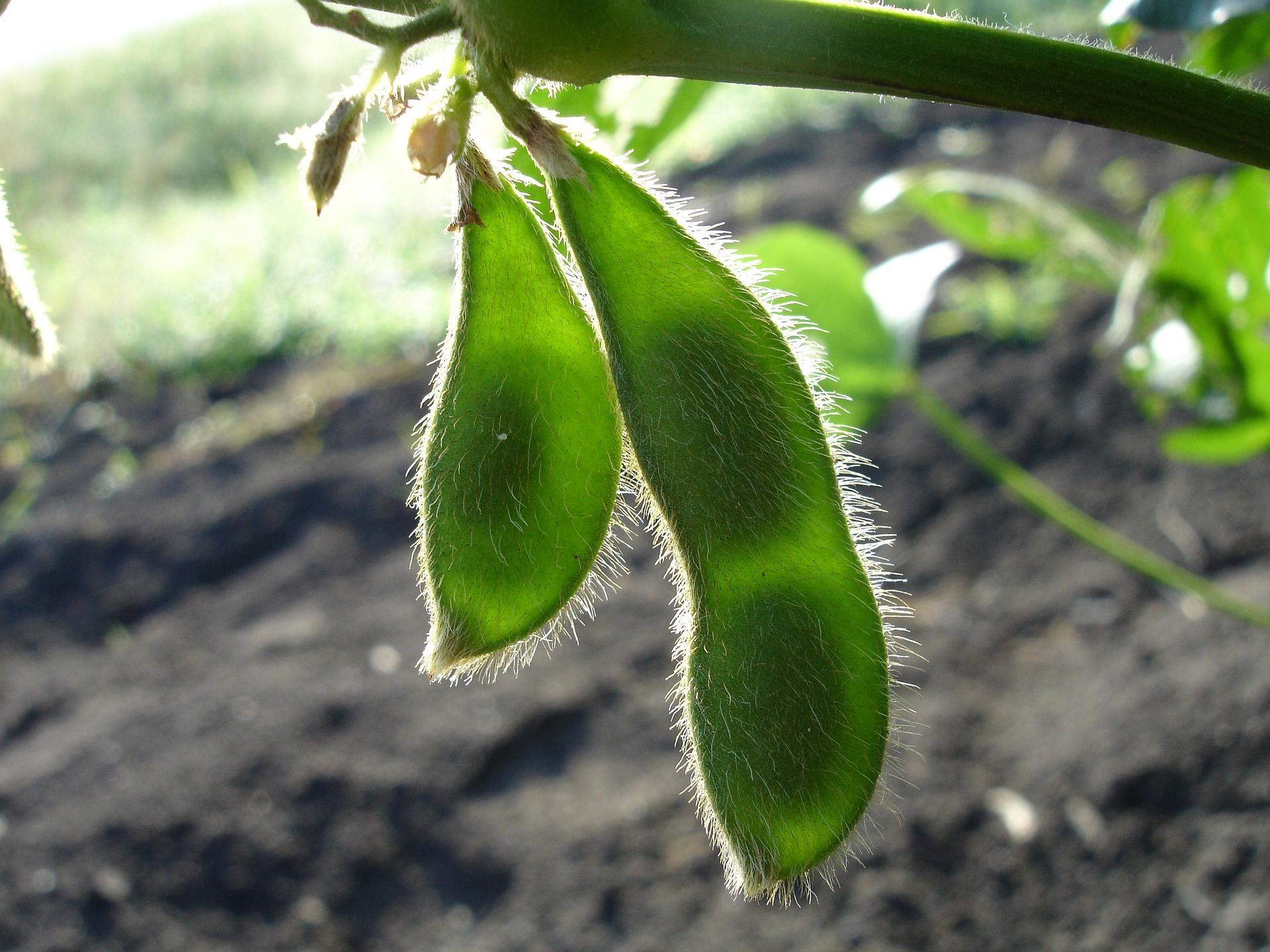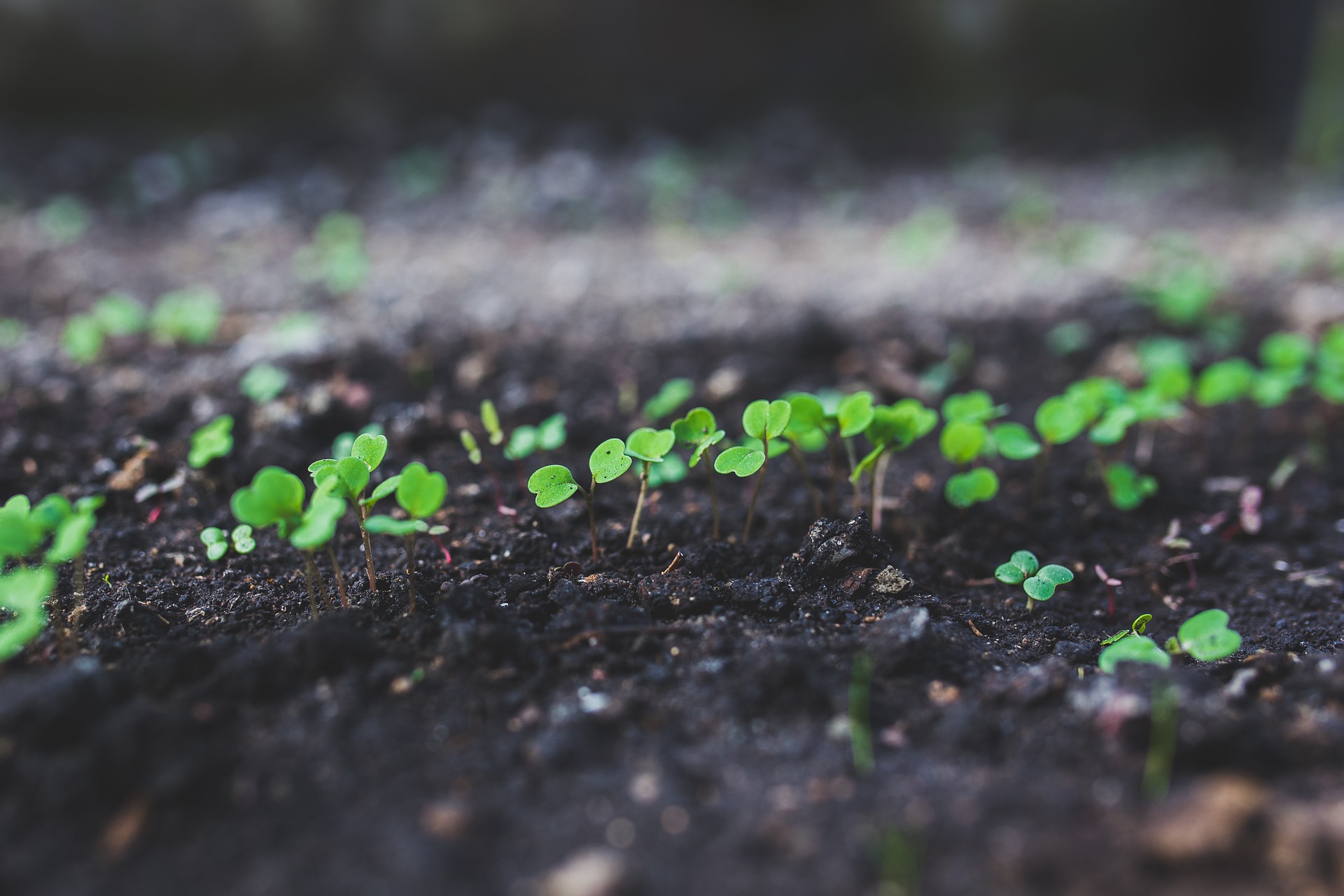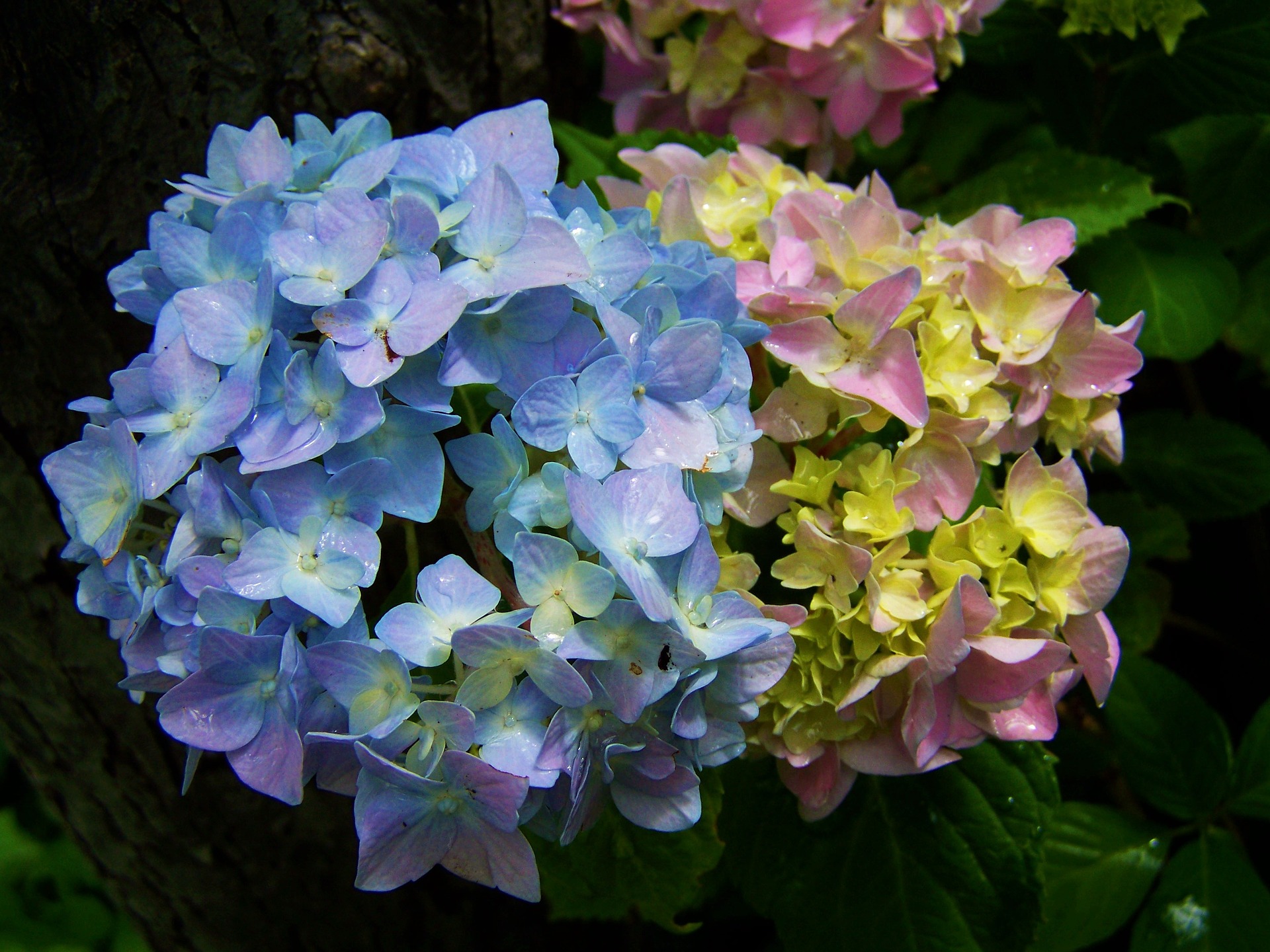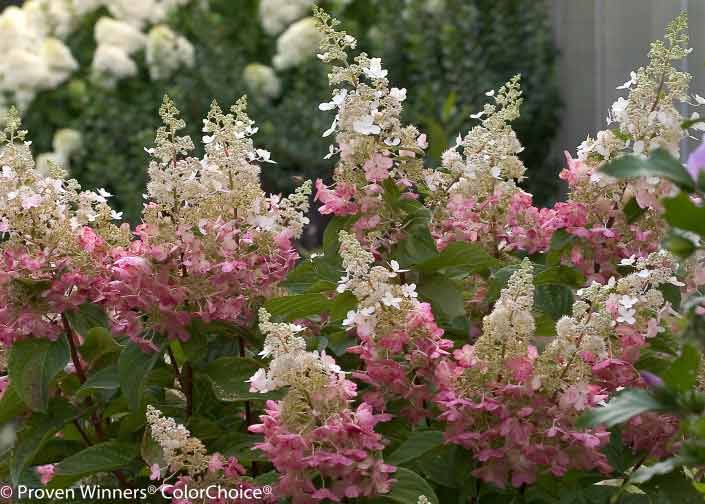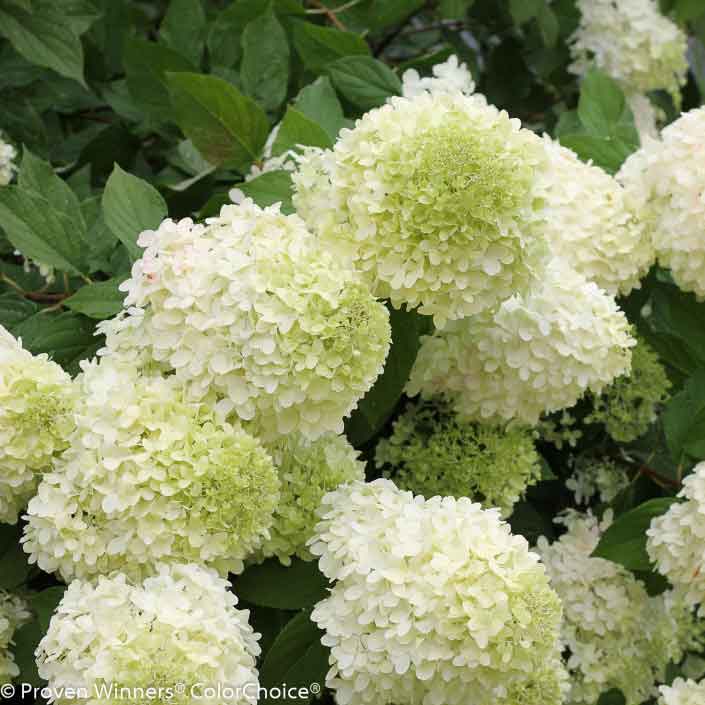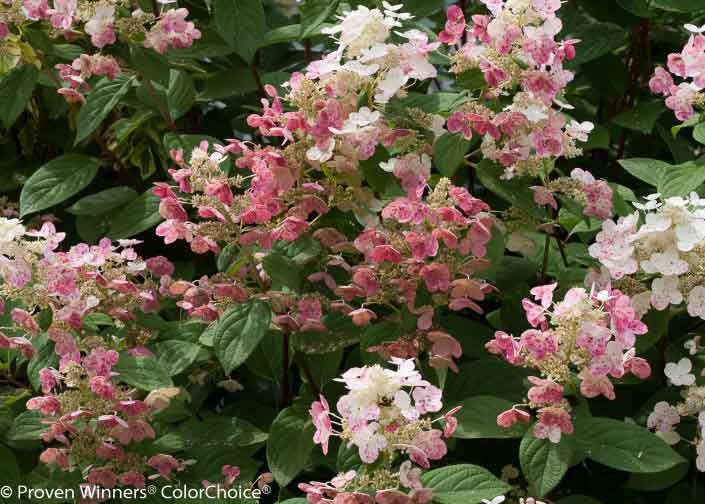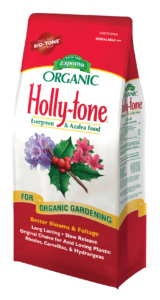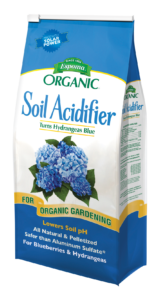Blueberries are nutritional powerhouses packed with high concentrations of antioxidants that help guard against cancer and heart disease. Just one serving of blueberries serves up almost 25 percent of the recommended daily intake of Vitamin C.
Growing blueberries maximizes small spaces and keeps fresh, nutritious fruit nearby. Even if space is limited, you can still grow blueberries at home. Some blueberry shrubs are the perfect fit for containers on the porch, patio or balcony.
Ought to Pot: The Best Blueberries for Container Gardening
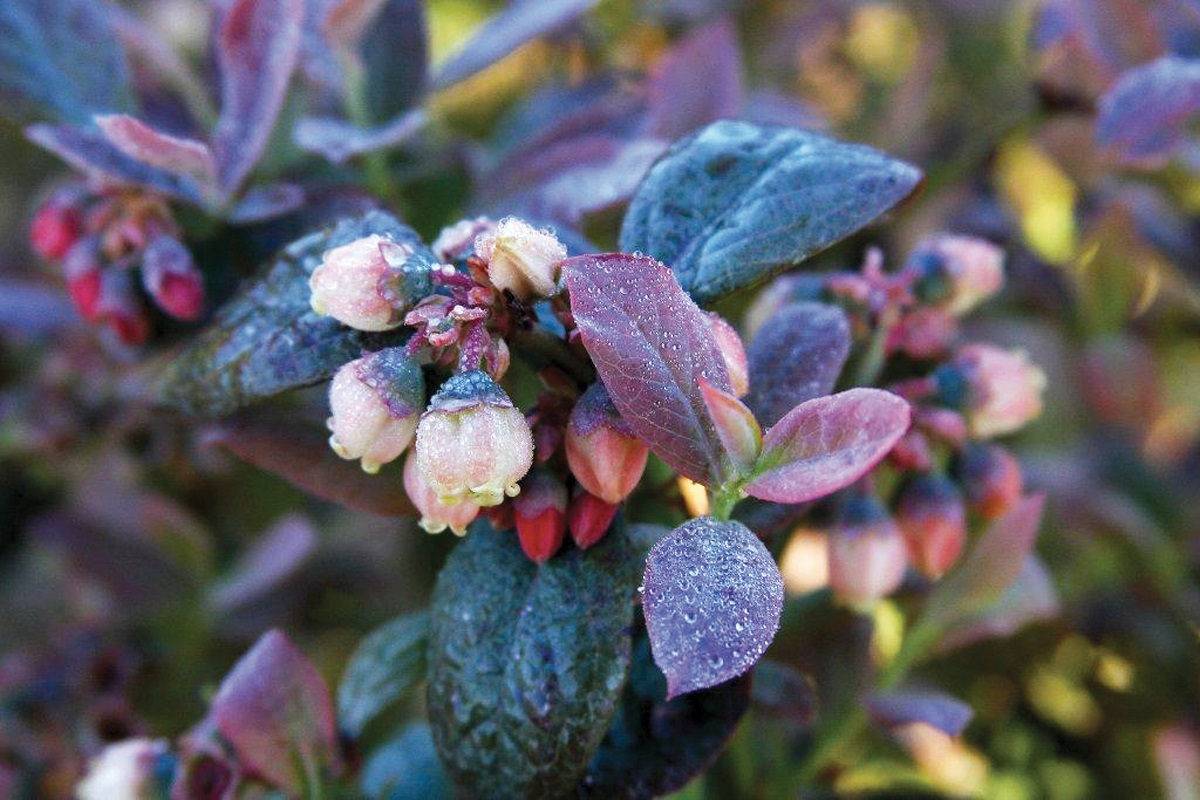
Photo courtesy of Bushel and Berry™
Bushel and Berry™ Pink Icing – With breathtaking spring and fall foliage and large, sweet berries mid-summer, this gem makes small spaces shine. Plus, these bushes are self-pollinating, so only one bush is needed to produce fruit.
Blueberry Type: Dwarf
Light: Full sun
Size: 3’ H x 4’ W
Zone: 5-10
Chill Hours: 500
Ripening Season: Mid-summer
Taste and Size: Large blueberries with sweet, robust flavor
Yield: Moderate yield
Features:
- Works well in containers or in landscape
- Likes acidic soil
- Beautiful year-round foliage
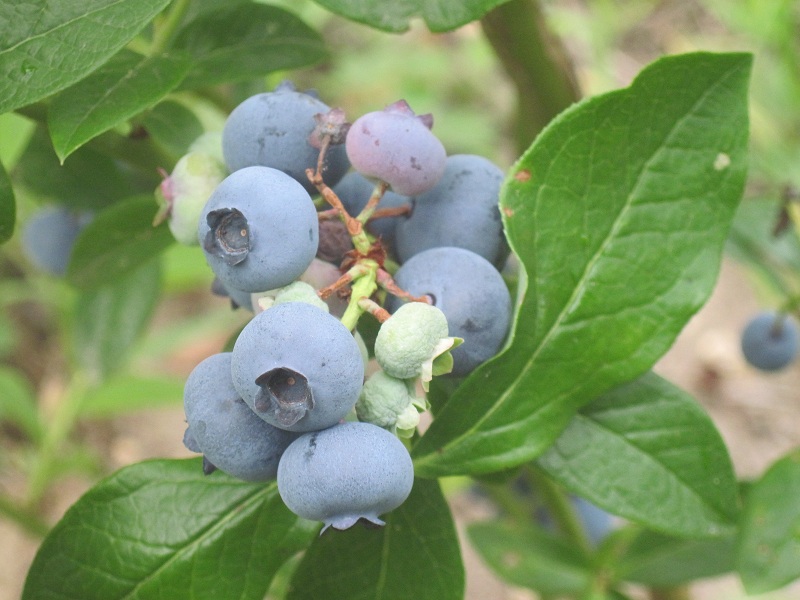
Patriot Blueberry – The Patriot puts on a show each season – from striking white blooms in spring to warm, vivid foliage in fall. During summer, you’ll be busy munching on up to 20 pounds of blueberries!
Blueberry Type: Northern Highbush
Light: Full sun
Size: 4-8’ H x 3-5’ W
Zone: 3-7
Chill Hours: 800-1,000
Ripening Season: Early: Mid-End of July
Taste and Size: Large blueberries that taste classically sweet
Yield: High yield, 10-20 pounds of blueberries
Features:
- Native
- Cold-hearty
- Works in the landscape or as a hedge
- Adapts to various soil types, including heavy or wet soil
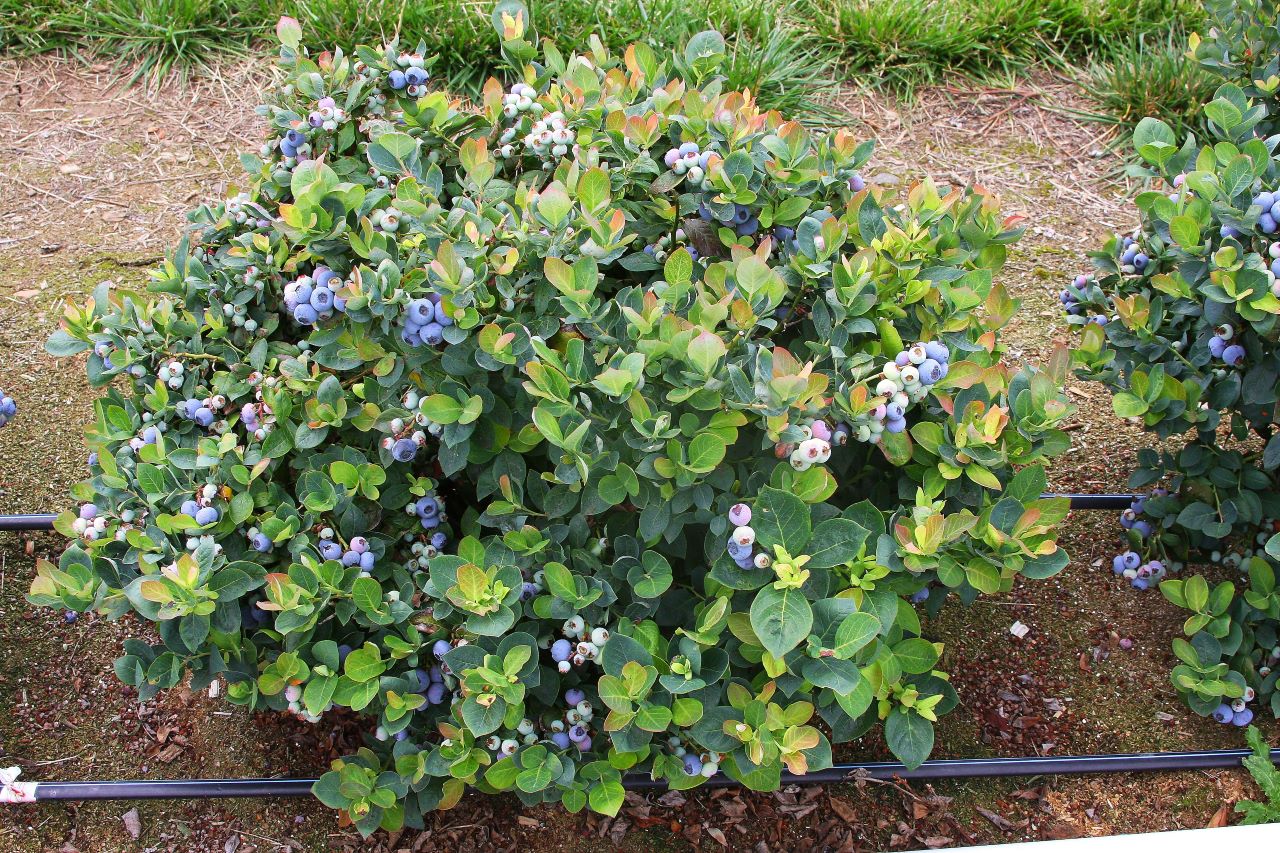
Photo courtesy of Bushel and Berry™
Bushel and Berry™ Peach Sorbet – Full of charm, these compact blueberry plants are four-season showstoppers with stunning leaves ranging from peach to pink to orange to emerald green. Spring’s white, bell-shaped flowers will give way to an abundant summer crop of healthy, sweet blueberries mid-summer.
Blueberry Type: Dwarf
Light: Full sun
Size: 1½’ H x 2’ W
Zone: 5-10
Chill Hours: 300
Ripening Season: Mid-summer
Taste and Size: Medium blueberries with a sweet, tropical essence
Yield: High yield
Features:
- Works well in containers or in landscape
- Likes acidic soil
- Plants keep leaves through winter when the foliage transitions to a rich eggplant purple
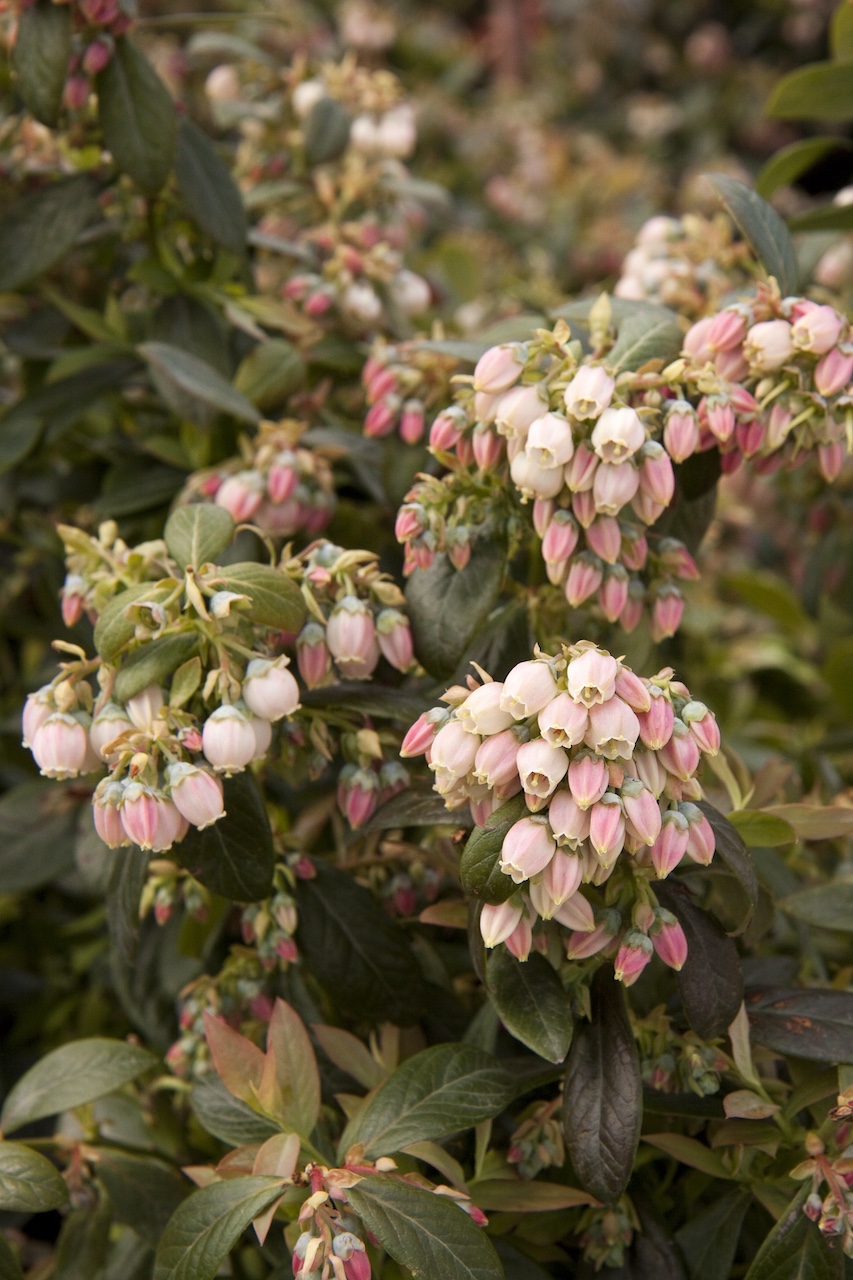
Photo courtesy of Doreen Wynja for Monrovia
Sunshine Blue Blueberry – These berries are even more nutritious than other blueberries because they’re high in Vitamin P. Another fun attribute of the Sunshine Blue is their hot-pink flowers in spring and blazing red leaves in fall!
Blueberry Type: Southern Highbush
Light: Full sun
Size: 3-4’ H x 3-4’ W
Zone: 5-10
Chill Hours: 150
Ripening Season: Mid-season: End of May-End of June
Taste and Size: Medium blueberries that taste opulent and sweet
Yield: Moderate yield, 5-10 pounds of blueberries
Features:
- Tolerant of higher soil pH
- Love the California sunshine and heat
- Semi-evergreen
Northsky Blueberry – Meet the most cold-hardy blueberry out there. The Northsky can withstand temperatures of -45° and can even bear snow on its branches. In spring, the Northsky produces lots of sweet, white blooms that look absolutely darling.
Blueberry Type: Half-high
Light: Full sun
Size: 2-4 H x 2-3 W
Zone: 3-7
Chill Hours: 800+
Ripening Season: Mid-season: Mid-End of July
Taste and Size: Small, firm blueberries that taste fresh, wild and free
Yield: Small yield, up to 2 pounds of blueberries
Features:
- Extremely cold-hardy
- Works in the landscape or as a hedge
- Elegant burgundy fall foliage
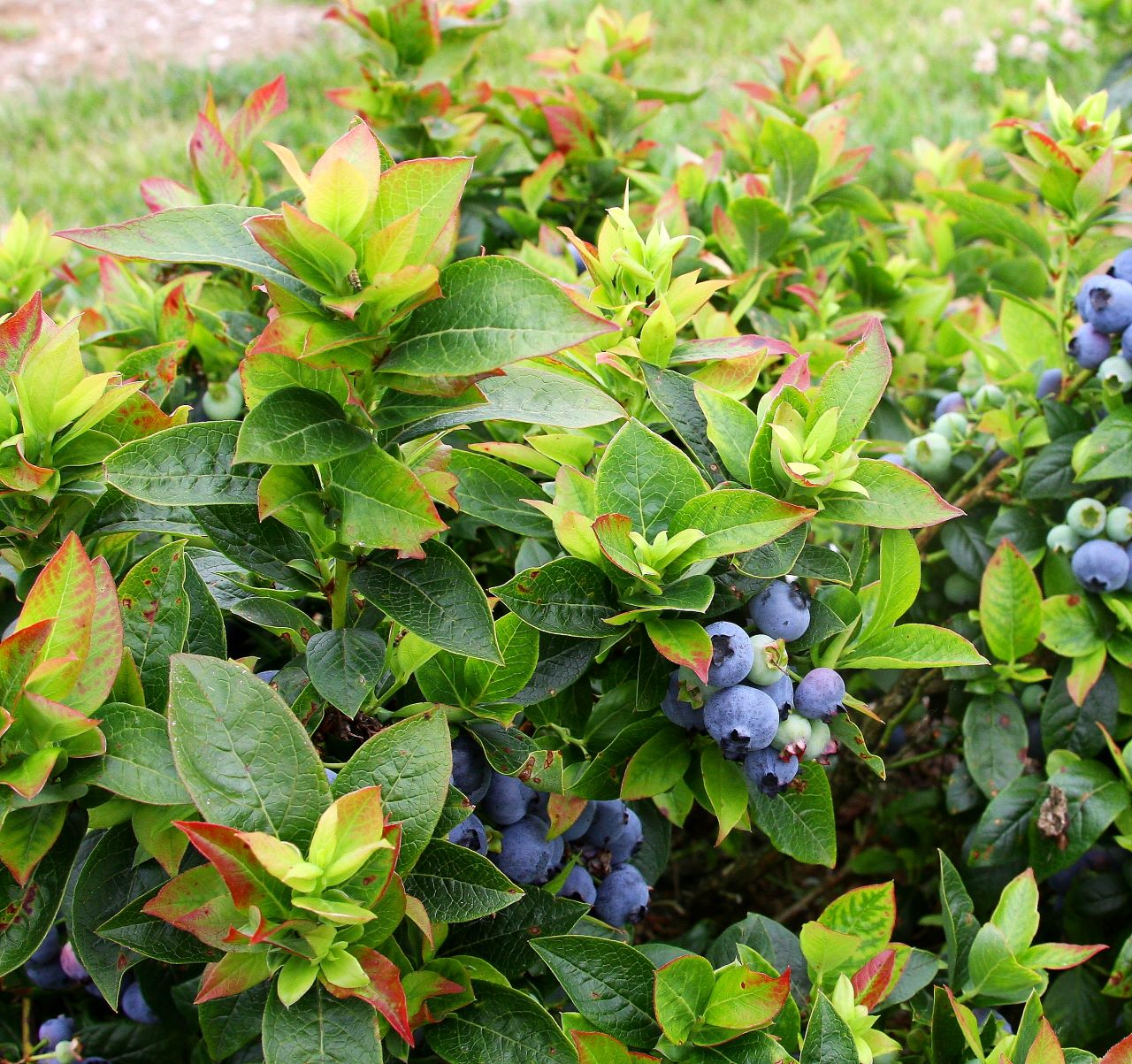
Photo courtesy of Bushel and Berry™
Bushel and Berry™ Jelly Bean – This blueberry is prolific – producing a bumper crop of large, flavorful blueberries mid-summer with a super sweet flavor like homemade blueberry jelly. Brilliant green new foliage emerges in spring which gives way to darker greens with red hues throughout the summer and fall.
Blueberry Type: Dwarf
Light: Full sun
Size: 1’ H x 2’ W
Zone: 4-8
Chill Hours: 1,000+
Ripening Season: Mid-summer
Taste and Size: Medium to large blueberries with homemade jelly flavor
Yield: High yield, bumper crop
Features:
- Works well in containers or in landscape
- Likes acidic soil
- Beautiful year-round foliage
- Prune annually during winter dormancy
Looking for more options? To learn more about blueberries, the best tasting berries, how to plant, care for and grow, visit our Organic Blueberry Growing Guide.

